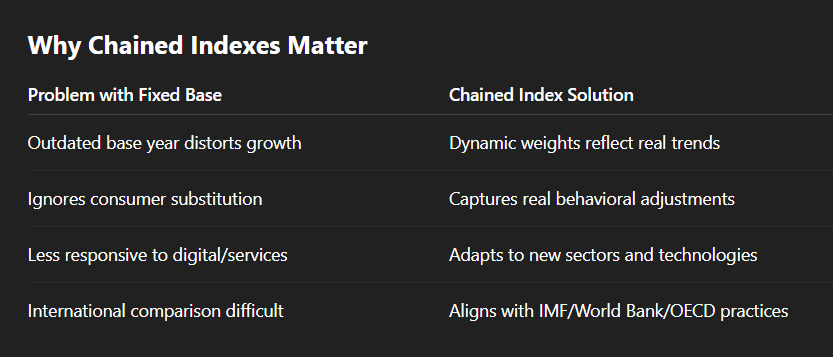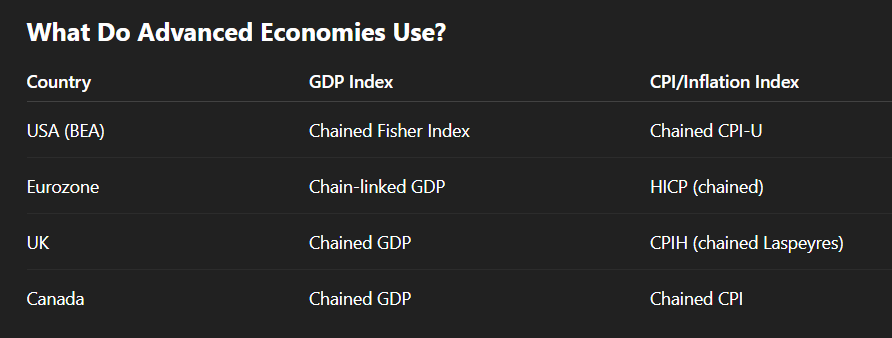Misinformation vs. Disinformation: The Intent Divide
Misinformation refers to false or misleading information shared without the intent to deceive—think of an individual unknowingly sharing a fabricated news story or a misleading health remedy. Disinformation, on the other hand, is the deliberate spread of falsehoods, where the sharer knows the information is false but propagates it to achieve a specific agenda, often political or ideological. In India’s hyper-polarized digital landscape, the line between these two is frequently blurred, with disinformation often cloaked in the guise of misinformation to evade accountability.
The WEF report highlights India’s vulnerability due to its massive digital population—over 800 million internet users—and widespread access to smartphones and social media platforms like WhatsApp, X, and Instagram. These platforms amplify information at unprecedented speeds, but they also provide fertile ground for bad actors to exploit. What sets India apart is not just the scale of false information but the orchestrated nature of its spread, often driven by political motives.
The Disinformation Playbook: Pretending Innocence
In India, disinformation is frequently dressed up as misinformation, with propagators feigning ignorance to dodge responsibility. Political operatives, influencers, and even ordinary citizens knowingly share fabricated narratives, doctored images, or out-of-context videos, all while maintaining a veneer of sincerity. This tactic—what one right-wing X user euphemistically called “positive auxiliary assistance”—is designed to manipulate public opinion while shielding the perpetrator from accusations of malice.
Take, for instance, the recurring phenomenon of viral WhatsApp forwards during election seasons. Messages claiming exaggerated economic achievements, demonizing opposition leaders, or stoking communal tensions often circulate with no verifiable source. These are not innocent mistakes; they are crafted to inflame sentiments and polarize voters. The sharers—whether party-affiliated IT cells or motivated individuals—know the information is dubious but bank on plausible deniability, claiming they “didn’t know” or were simply “sharing what they received.”
A notable example is the 2019 Indian general election, where doctored videos and false narratives about opposition leaders’ statements spread like wildfire. Fact-checking organizations like Alt News repeatedly exposed these as deliberate fabrications, yet the perpetrators rarely faced consequences, often hiding behind the excuse of being “unaware” of the falsehood. Similarly, during the 2020 Delhi riots, disinformation campaigns amplified communal tensions, with false claims about violence or migrant movements shared by accounts that later claimed ignorance when confronted.
The Motive: Political Propaganda Over Truth
The driving force behind India’s disinformation epidemic is political propaganda. In a country with deep ideological divides and a history of communal sensitivities, false narratives are weaponized to sway elections, vilify opponents, or consolidate power. Deep down, many propagators know their claims are baseless but are indifferent to the truth, prioritizing political loyalty over ethics. This is evident in the coordinated campaigns run by political IT cells, which churn out tailored disinformation to target specific demographics—rural voters, urban youth, or religious communities.
The X user’s term “positive auxiliary assistance” captures this mindset perfectly: disinformation is framed as a noble act, a means to bolster a cause or “protect” a narrative. This euphemism reflects a broader cultural acceptance among some groups that bending the truth is justified if it serves a higher ideological purpose. Such rationalizations are particularly prevalent in India’s polarized online spaces, where right-wing, left-wing, and regional factions all engage in selective storytelling to advance their agendas.
The Role of Social Media and Technology
India’s disinformation problem is exacerbated by the architecture of social media. WhatsApp’s end-to-end encryption makes it a black box for tracking the origins of false messages, while X’s algorithmic amplification rewards sensationalism over accuracy. Bots and fake accounts further muddy the waters, creating the illusion of grassroots support for fabricated narratives. According to a 2023 study by the University of Oxford, India is among the top countries for coordinated inauthentic behavior on social media, with political actors leveraging troll armies to spread disinformation.
Deepfakes and AI-generated content are emerging threats, adding sophistication to disinformation campaigns. In 2024, a deepfake video of a prominent Indian politician making inflammatory remarks went viral, only to be debunked after significant damage. The creators, linked to a political fringe group, claimed it was a “prank,” but the intent to mislead was clear.
The Consequences and the Way Forward
The consequences of this disinformation epidemic are profound. It erodes trust in institutions, fuels communal violence, and undermines democratic processes. The 2024 WEF report warns that unchecked disinformation could destabilize India’s social fabric, especially in a year with national and state elections looming.
Addressing this crisis requires a multi-pronged approach. First, stricter regulation of social media platforms is needed, with mandates for transparency in content moderation and swift removal of verified disinformation. Second, public awareness campaigns must educate citizens on spotting false narratives and verifying sources. Fact-checking organizations like Boom and Alt News play a crucial role but need greater support to scale their efforts. Finally, legal accountability for deliberate disinformation—without stifling free speech—is essential to deter bad actors.
Conclusion
India’s status as the world’s most at-risk nation for misinformation is not just a product of scale but of intent. Much of the false information circulating is not innocent misinformation but deliberate disinformation, propagated by those who know the truth but choose to weaponize lies for political gain. By pretending to act in good faith, these actors evade accountability, framing their actions as “positive auxiliary assistance” rather than the corrosive propaganda they are. Unmasking this deception is the first step toward reclaiming India’s information ecosystem and safeguarding its democratic future

